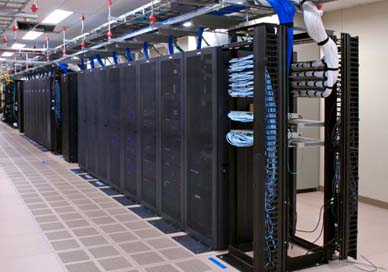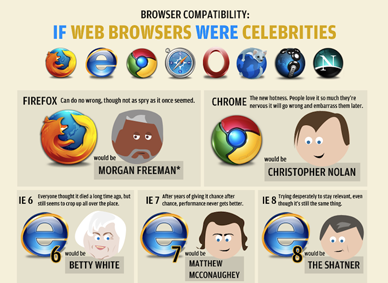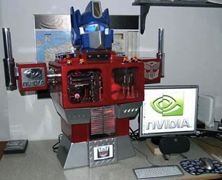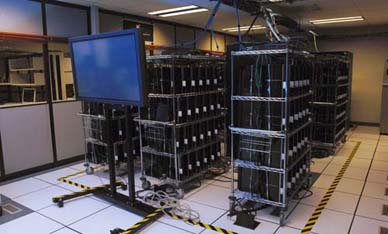Commodore USA has released their line of new Commodore 64-styled computers. Sure, they may be overpriced and underpowered, but they're still Commodore!
Read More »Computing
Earthlings Consume a Lot of Internet Data
In 2008, Internet surfing human beings consumed nearly ten billion terabytes of data. For the record, the largest hard drive widely available at retail is two terabytes. Just two.
Read More »Osborne 1 vs iPad 2 Because Why Not?
The Osborne 1 was the first "portable" computer ever released to market. The iPad 2 is a new tablet from Apple that was released about a month ago. Naturally, these are similar.
Read More »Behold! The First GUI Capable of Multitasking
Before Windows and Apple's OS X and before Linux, there was "Blit," the first Graphical User Interface capable of multitasking.
Read More »‘Gmail Motion’: From April Fools Gag to Reality
Some look at silly April Fools projects and ask "why?" Others look at silly April Fools projects and ask "why not?"
Read More »Samsung is Installing Keyloggers on Their PCs. Maybe.
Samsung stands accused of putting keylogging software on their retail laptops. Samsung, not surprisingly, denies this... eventually.
Read More »Internet Browsers Battle to See Which Consumes Least Amount of Power
Microsoft ran some tests to see which Internet browser was the easiest on your computer's battery. Not surprisingly, their own browser did quite well...
Read More »Incredible Collection of PC Mods
You ever want to see a Victorian/Steampunk-styled PC, or a computer built out of an old microwave? ...well, what're you waiting for...
Read More »USAF: Building Supercomputers — One PS3 at a Time
The United States Air Force has been working on a PS3 supercomputer for many years, with the number of PS3s being used increasing from eight to 1,716.
Read More »Tom Pinckney: MIT Graduate (w/o a High School Diploma)
Tom Pinckney, co-founder of SiteAdvisor and founder of Hunch, is a graduate of the Massachusetts Institute of Technology. In fact, his application was so impressive that he was accepted to MIT without ever completing high school.
Read More » Gearfuse Technology, Science, Culture & More
Gearfuse Technology, Science, Culture & More













